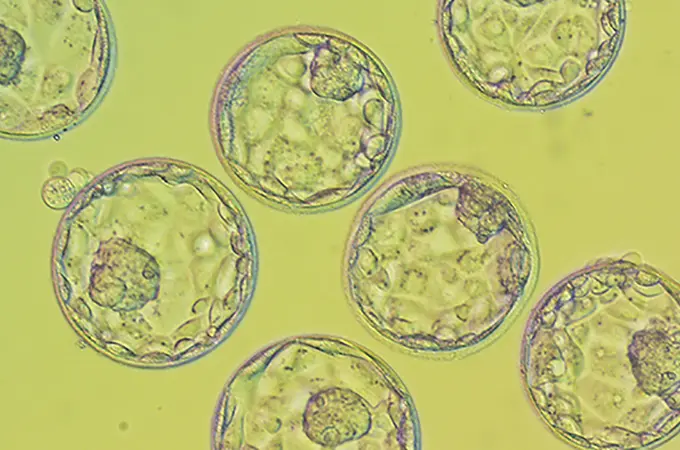Frozen embryo transfer (FET)
You may undergo a frozen embryo transfer (FET) cycle whenever you have frozen embryos and wish to use them. This may be after the delivery of a child when you wish to come back and use your frozen embryos to grow your family, or it could be after an unsuccessful stimulated in vitro fertilization (IVF) cycle in which you had embryos cryopreserved.
Note: You must undergo a fresh stimulated IVF or donor egg cycle first, in order to have embryos to freeze.
What to expect
Unlike a fresh stimulated IVF cycle, an FET cycle requires very little testing in advance. You need to have current (within the last year) infectious disease bloodwork. Additionally, if you are returning after a delivery or certain types of gynecological surgery, your physician may require an updated mock embryo transfer (MET) and a hysterosalpingogram (HSG), if indicated. You can easily complete this testing once the cycle start dates have been established and you have started on the cycle/month of oral contraceptives (birth control pills). You and your partner will need to update your informed consents each FET cycle. Both partners must sign.
The FET process
When you decide to begin a frozen cycle, please contact our office and let us know. We will then review your records to ensure your pre-screening is up to date. If necessary, we will order any repeat screening tests. If appreciable time has passed since you last consulted with your physician, we will schedule a follow-up visit with your physician.
A FET cycle will take approximately 6 to 8 weeks. A cycle typically begins with 3 to 4 weeks of daily birth control pills to suppress the normal ovarian cycle, as it would lead to ovulation. After the course of birth control, you will need a baseline assessment involving bloodwork and ultrasound. Depending on the test results, your physician may instruct you to begin sequential injections of estrogen to build the uterine lining. After a designated period of time on the estrogen injections, you will return for bloodwork and a transvaginal ultrasound lining check. If the lining check demonstrates that your hormone levels are appropriate and your endometrial lining has thickened, your physician will likely instruct you to add daily injections or vaginal suppositories of progesterone to your medication regimen. Your nurse will then confirm an FET date and you will come in for your transfer several days later. Estrogen and progesterone continue after the transfer, and through the blood pregnancy test about 2 weeks later.




